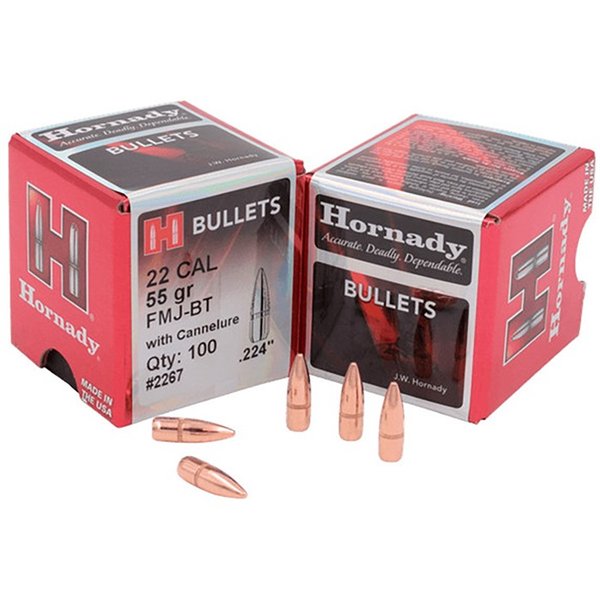The supremely insulated Rambler® 26 oz. Cup is built for big swigs from dawn ‘til dusk. It’s sized perfectly for Texas-sized teas, large gulps of H20, XL smoothies, fewer refills, and retaining every degree of your drink’s temp, especially when you’re far too busy kickin’ back around the fire. Plus, it’s topped with our fan-favorite Straw Lid so you can say goodbye to single-use plastic straws.
Our Rambler Straw Lids are built to last and have a molded-in stopper that holds your straw safely in place. And just like our other Rambler Lids, it’s shatter-resistant, dishwasher-safe, and completely free of BPA.
18/8 STAINLESS STEEL
Resists dents and drops.
DOUBLE-WALL VACUUM INSULATION
keeps drinks cold (or hot) to the last drop.
DISHWASHER SAFE
Because no one needs more work to do.
A cup is an open-top vessel (container) used to hold liquids for drinking, typically with a flattened hemispherical shape, and often with a capacity of about 100–250 millilitres (3–8 US fl oz). Cups may be made of pottery (including porcelain), glass, metal, wood, stone, polystyrene, plastic, lacquerware, or other materials. Normally, a cup is brought in contact with the mouth for drinking, distinguishing it from other tableware and drinkware forms such as jugs. They also most typically have handles, though a beaker has no handle or stem, and small bowl shapes are very common in Asia.
Cups of different styles may be used for different types of liquids or other foodstuffs (e.g. teacups and measuring cups), in different situations (e.g. at water stations or in ceremonies and rituals), or for decoration.
The history of cups goes back well into prehistory, initially mostly as handle-less beakers or bowls, and they have been found in most cultures across the world in a variety of shapes and materials. While simple cups have been widely spread across societies, high-status cups in expensive materials have been very important status symbols since at least the Bronze Age, and many found in burials.
Modern household shapes of cup generally lack a stem, but this was not always the case. The large metal standing cup or covered cup with a base and stem, and usually a cover, was an important prestige piece in medieval houses that could afford them, and often used as a "welcome cup", or for toasts. The form survives in modern sporting trophies, and in the chalices of church liturgy. The 15th-century silver Lacock Cup is a rare English secular survival. These were the sort of cup offered by cup-bearers, historically often an important office in courts.
A lid or cover is part of a container, and serves as the closure or seal, usually one that completely closes the object. Lids can be placed on small containers such as tubs as well as larger lids for open-head pails and drums.
Straw is an agricultural byproduct consisting of the dry stalks of cereal plants after the grain and chaff have been removed. It makes up about half of the yield by weight of cereal crops such as barley, oats, rice, rye and wheat. It has a number of different uses, including fuel, livestock bedding and fodder, thatching and basket making.
Straw is usually gathered and stored in a straw bale, which is a bale, or bundle, of straw tightly bound with twine, wire, or string. Straw bales may be square, rectangular, star shaped or round, and can be very large, depending on the type of baler used.
With or WITH may refer to:
- With, a preposition in English
- Carl Johannes With (1877–1923), Danish doctor and arachnologist
- With (character), a character in D. N. Angel
- With (novel), a novel by Donald Harrington
- With (album), a 2014 album by TVXQ
- With (EP), a 2021 EP by Nam Woo-hyun






by Mike
This is one of my favorite products, in the cutest color. Yeti never fails to impress me!
by Chris
Love how it keeps my water at a perfect cool temperature! Also love the color, a light turquoise, which is my favorite color.
by Steve
Doesn’t keep it as cold as the normal yetis but I love the straw 10/10 would buy again
by Furies
I received the 26 oz cup (with straw) for my birthday. It is already my favorite cup. It keeps drinks cold (and keeps ice frozen) for a very long time. I look forward to buying (or receiving) more products from Yeti in the future.
by Prolava
Its perfect!!! Pretty and delivers just what ir promises.
by Favre
Love it!! I was so disappointed that I missed out on the coral but I think this is even better. My favourite colour so far!
by Andrew
Loved the colour! Always a great tumbler, love that it fits in the car easy to take anywhere.